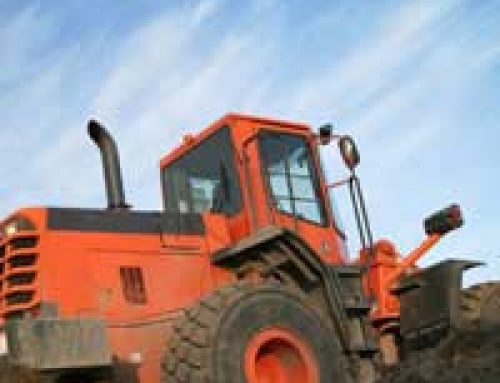
Although fossil fuels have many disadvantages and are steadily running out, the power stations that they currently power do have a serious advantage over many types of alternative fuel powered systems. Fossil fuels provide consistent and reliable power. Wind power only supplies electricity when there is plenty of wind; solar panels only contribute when it is sunny.
Finding a sustainable source of energy that is equally reliable without resorting to nuclear power has proved quite difficult. Scientists are now turning their attention to bacteria to see if these single celled organisms could be used as reliable power supplies in combination with the increasingly popular sustainable wind and solar powered systems.
Contents
Bacteria that Produce Methane
Bacteria that produce methane are not really that unusual. They inhabit the digestive system of every cow on the planet. But the methane-producing bacteria involved in storing electrical power produced by solar panels or wind turbines are a bit more unusual.
The activity of a bacterium called Methanobacterium palustre had been anticipated by researchers but it is only recently that the bug has actually been found and cultured. The bacterium is capable of living quite happily in an electrolytic cell, near to the cathode, the part of the electrical cell that produces electrons.
When connected to a sustainable power generating system, whether solar or wind powered, the electrical cell allows electrons to flow through the bacterial culture. The bacteria use the excess electrons to drive a chemical reaction that converts carbon dioxide and hydrogen from water into methane gas. This bubbles out of the culture and can be collected and stored to be used later as a fuel. The chemical process involved has been termed electromethanogenesis.
Cheap Energy Recovery
If this process of energy recovery and storage was done by conventional catalysts using an industrial process, it would be quite expensive but getting the bacteria to do all the work makes it very cheap. The methane is stored until required and then burned to produce electricity. Overall, the process is around 80% efficient.
The system offers a very good way to store the excess electrical power produced by solar panels on bright sunny days and by wind turbines when it is very windy. The methane produced can be stored and burned later, once it is dark, or during days when the air is still. The system would be ideal, for example, if a windmill was used as an additional power source for a small community.
Industrial Exploitation in the Future
The system of using bacteria to convert electrical energy into stored chemical energy in the form of methane has several advantages. We already have the industrial technology to store and make use of methane and the process can be used on a small or large scale, as required. Because the process is so efficient, and it uses carbon dioxide, it is also a carbon neutral process and enhances the environmental advantages of using sustainable power sources.
Other Methane Producing Bacteria
The more common methane producing bacteria that live in the guts of cows should not be forgotten because of the properties of their distance cousin. Methanogens in nature produce a massive amount of methane each year – around a billion tonnes. These bacteria are capable of turning waste from sewage and landfill into a useful power source – but one that we don’t use nearly as much as we could.
The combination of a green fuel production system and a waste disposal system seems to be such a good opportunity – but governments and companies have been reluctant to invest in it so far because of their reliance on other energy sources. However, as fossil fuels continue to run out and become increasingly expensive as they disappear, the day of the methane producing bacterial power houses may be just around the corner.




